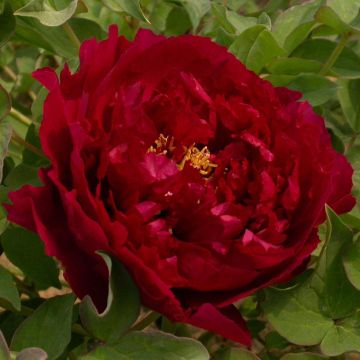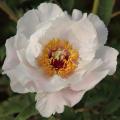Tree Peonies
Would this plant suit my garden? Set up your Plantfit profile →
Available in 3 sizes
Available in 3 sizes
Available in 3 sizes
Available in 3 sizes
Available in 3 sizes
Available in 3 sizes
Available in 2 sizes
Available in 2 sizes
Available in 2 sizes
Available in 2 sizes
Available in 2 sizes
Available in 1 sizes
Available in 1 sizes
Available in 1 sizes
Available in 1 sizes
Available in 1 sizes
Available in 2 sizes
Available in 1 sizes
Available in 2 sizes
Available in 1 sizes
Available in 1 sizes
Available in 1 sizes
Available in 1 sizes
Available in 1 sizes
Available in 1 sizes
Available in 1 sizes
Tree peonies (Paeonia in Latin) form large shrubby bushes as wide as they are tall, often with a spreading habit. They reach heights of 1m (3ft) to over 3m (10ft). The most common varieties are those derived from the species P. suffruticosa. They bear large single or double flowers, 10 to 25cm (4 to 10in) in diameter depending on the variety, with petals that are white, red, pink, orange or violet. The foliage is ample, finely cut, and allows light to pass through. Very popular in China, there are several dozen cultivars of Paeonia suffruticosa. More delicate than herbaceous varieties, tree peonies prefer sheltered positions, particularly sheltered from cold winds. They grow in partial shade but tolerate sunlight that is not too harsh and thrive in rich, deep, humus-rich, moist, acidic and light soil. They do not tolerate limestone and grow poorly in heavy soils. Slow-growing during the first few years, tree peonies develop a strong and deep root system and produce only a few branches. It is only after 3-4, sometimes 5 years of cultivation that the branching becomes dense and the flowering becomes spectacular. Mature plants do not like to be moved.
Haven't found what you were looking for?














































































